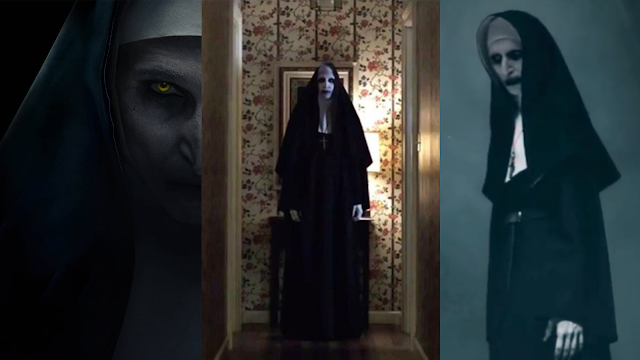The Cold War ! - All you need to know !
What is "Cold War" ?
Cold War, the open yet restricted rivalry that developed after World War II between the United States and the Soviet Union and their respective allies.The Cold War was fought politically, economically, and propaganda, with limited reliance on weapons.
Origin of the Cold War
Shortly before the end of World War II, after the surrender of Nazi Germany in May 1945, an uncertain wartime alliance between the United States and Great Britain on the one hand and the Soviet Union on the other began to break. By 1948, the Soviet Union had established left-wing governments in Eastern European countries liberated by the Red Army. Americans and British were afraid of permanent Soviet rule in Eastern Europe and the danger of Soviet-influenced Communists taking power in democracy in Western Europe. Meanwhile, the Soviet Union was determined to maintain control of Eastern Europe to prevent the possibility of new threats from Germany, and was keen to spread Communism around the world, primarily for ideological reasons. The Cold War broke out between 1947 and 1948, with the help of the United States under the Marshall Plan in Western Europe, these countries were placed under American influence, and the Soviet Union openly introduced a communist regime in Eastern Europe.
The struggle between superpowers
The Cold War peaked in 1948-53. During this period, the Soviet Union failed to blockade the sector owned by the West of West Berlin (1948–49). The United States and its European allies have formed the North Atlantic Treaty Organization (NATO). This is a unified military order to resist the existence of the Soviet Union in Europe (1949). The Soviet Union detonated their first nuclear warhead (1949), ending the American monopoly on the atomic bomb. The Chinese Communist Party came to power in mainland China (1949). Then, the Soviet supported North Korean communist government invaded South Korea, which was supported by the United States in 1950, and caused the indecisive Korean War that lasted until 1953.
From 1953 to 1957, the tensions of the Cold War eased somewhat. This is mainly due to the death of long-time Soviet dictator Joseph Stalin in 1953. Nevertheless, the stalemate remained. In 1955, the Warsaw Pact, a unified military organization of the Soviet block, was formed. And West Germany joined NATO in the same year. Another fierce phase of the Cold War was 1958-62. The United States and the Soviet Union began developing ICBMs, and in 1962 the Soviet Union began secretly installing missiles in Cuba that could be used to attack US cities. This caused the Cuban Missile Crisis (1962). This is a conflict that has driven two superpowers to the brink of war before reaching an
agreement to withdraw missiles.
Throughout the Cold War the United States and the Soviet Union avoided direct military confrontation in Europe and engaged in actual combat operations only to keep allies from defecting to the other side or to overthrow them after they had done so. Thus, the Soviet Union sent troops to preserve communist rule in East Germany (1953), Hungary (1956), Czechoslovakia (1968), and Afghanistan (1979). For its part, the United States helped overthrow a left-wing government in Guatemala (1954), supported an unsuccessful invasion of Cuba (1961), invaded the Dominican Republic (1965) and Grenada (1983), and undertook a long (1964–75) and unsuccessful effort to prevent communist North Vietnam from bringing South Vietnam under its rule.
A New World Order
In the 1970s, the tensions of the Cold War were eased, as evidenced by the 1972 SALT I and II Agreement and the Strategic Arms Limitation Talks (SALT) leading up to strategic missiles capable of carrying nuclear weapons. This was followed by new tensions in the Cold War in the early 1980s as the two superpowers continued to build on a large scale and compete for influence in the Third World. However, the Cold War began to collapse in the late 1980s during the tenure of Soviet leader Mikhail S. Gorbachev. He dismantled the totalitarian aspects of the Soviet system and began efforts to democratize the Soviet political system. When the communist governments of the eastern block countries of the Soviet block collapsed in 1989/90, Gorbachev tolerated their collapse. Following the rise of democratic governments in East Germany, Poland, Hungary and Czechoslovakia, with the support of NATO, West Germany and East Germany were united again with Soviet approval.
End of Cold War
Meanwhile, Gorbachev's internal reforms undermined his own Communist Party and allowed the shift of power to Russia and other constituent republics of the Soviet Union. The Soviet Union collapsed in late 1991, and 15 new independent nations were born from its corpses, including Russia, which had democratically elected anti-communist leaders, finally The Cold War is over.




Comments
Post a Comment